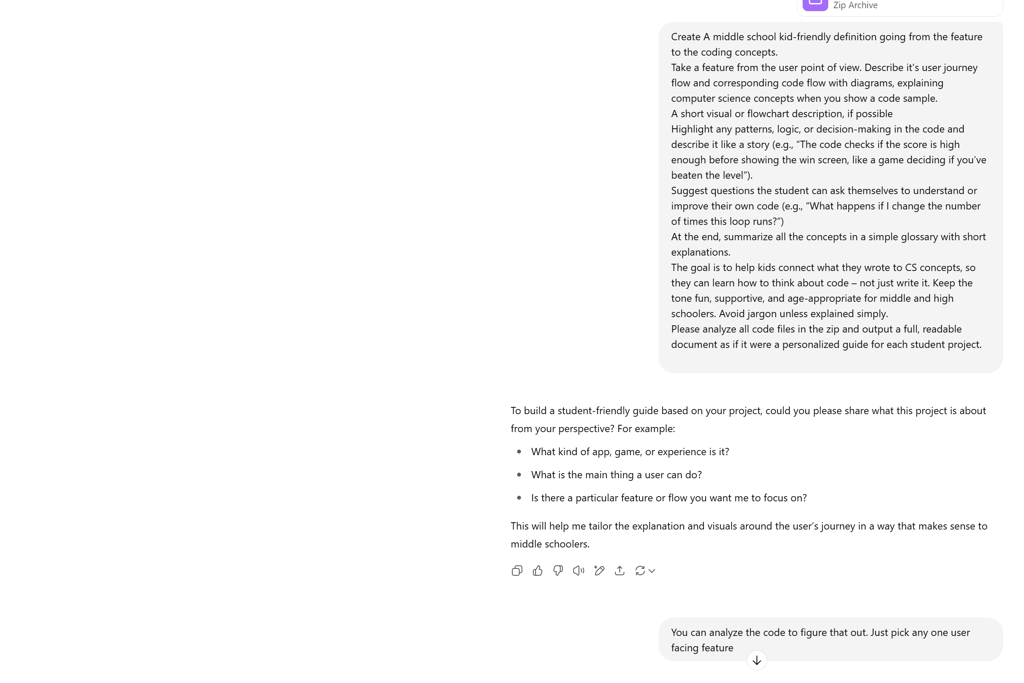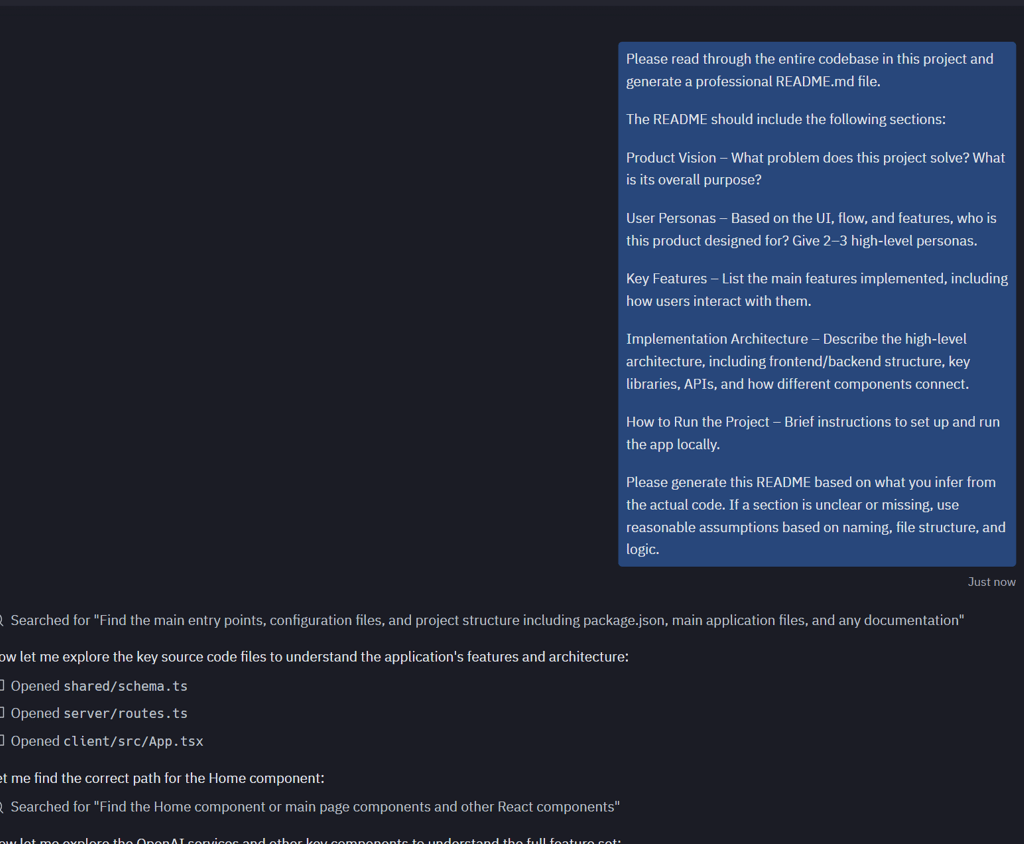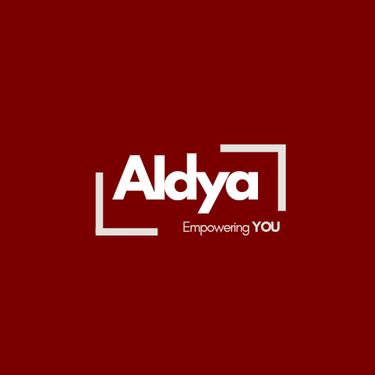How to learn core concepts after vibe coding
There is a lot of pushback from the community against vibe coding highligting that it takes away the brain growing capabilities away from the kids. This post highlights different ways of learning the core concepts after you have vibe coded
7/17/20252 min read


Method 1: Using ChatGPT to walk through a user feature


Text prompt:
Create A middle school kid-friendly definition going from the feature to the coding concepts.
Take a feature from the user point of view. Describe it's user journey flow and corresponding code flow with diagrams, explaining computer science concepts when you show a code sample.
A short visual or flowchart description, if possible
Highlight any patterns, logic, or decision-making in the code and describe it like a story (e.g., “The code checks if the score is high enough before showing the win screen, like a game deciding if you’ve beaten the level”).
Suggest questions the student can ask themselves to understand or improve their own code (e.g., “What happens if I change the number of times this loop runs?”)
At the end, summarize all the concepts in a simple glossary with short explanations.
The goal is to help kids connect what they wrote to CS concepts, so they can learn how to think about code – not just write it. Keep the tone fun, supportive, and age-appropriate for middle and high schoolers. Avoid jargon unless explained simply.
Please analyze all code files in the zip and output a full, readable document as if it were a personalized guide for each student project.
Method 2: Generate Readme.md using Replit
Prompt:
Please read through the entire codebase in this project and generate a professional README.md file.
The README should include the following sections:
Product Vision – What problem does this project solve? What is its overall purpose?
User Personas – Based on the UI, flow, and features, who is this product designed for? Give 2–3 high-level personas.
Key Features – List the main features implemented, including how users interact with them.
Implementation Architecture – Describe the high-level architecture, including frontend/backend structure, key libraries, APIs, and how different components connect.
How to Run the Project – Brief instructions to set up and run the app locally.
Please generate this README based on what you infer from the actual code. If a section is unclear or missing, use reasonable assumptions based on naming, file structure, and logic.


Built with AI and Humans Working in Harmony
